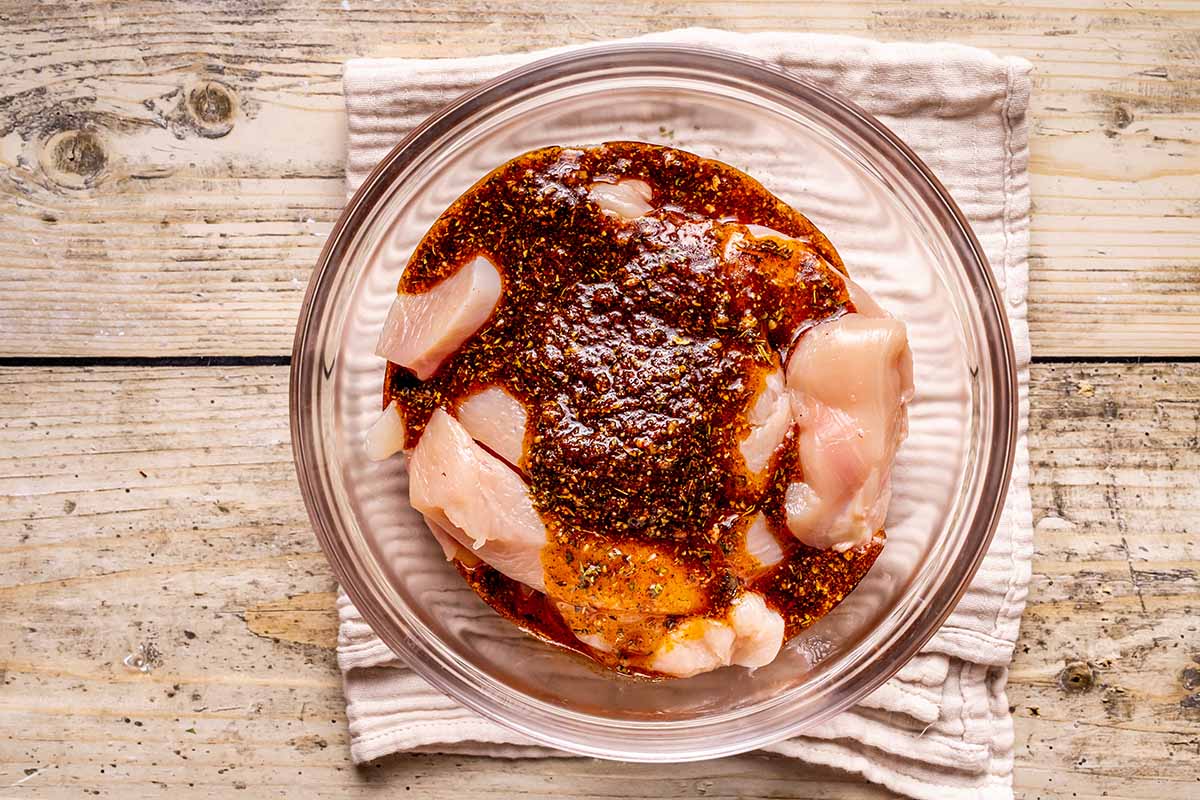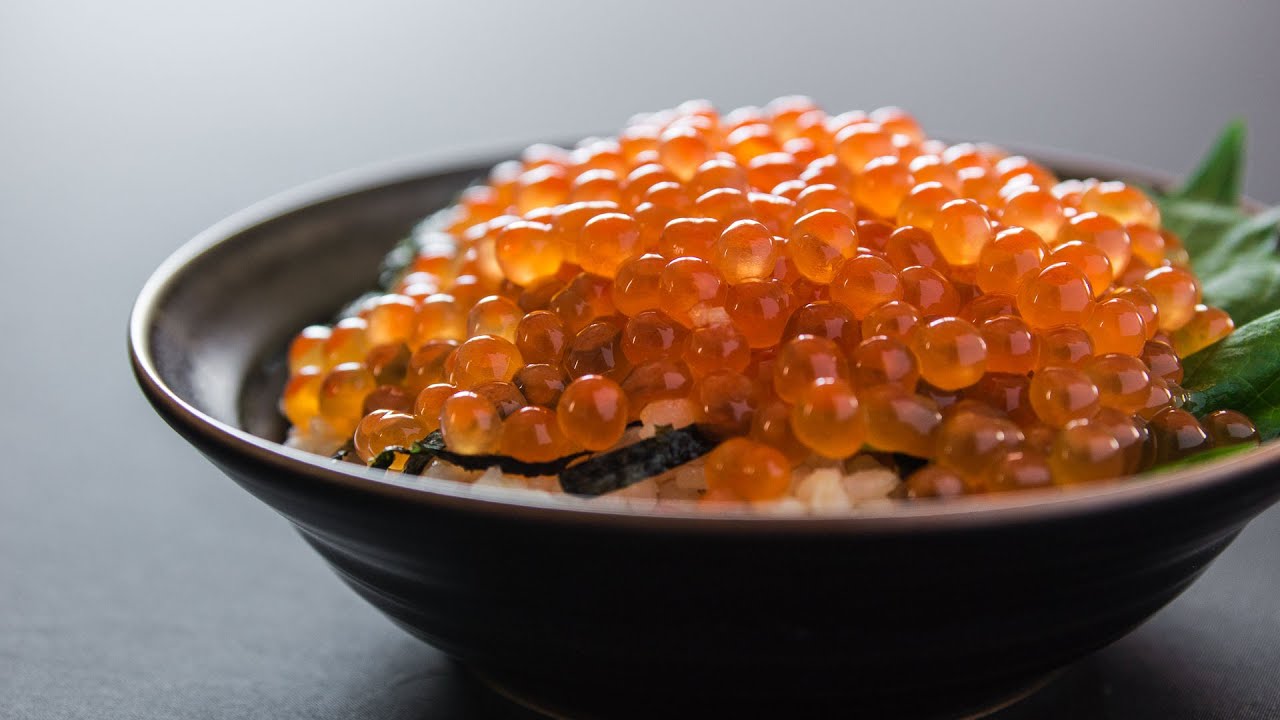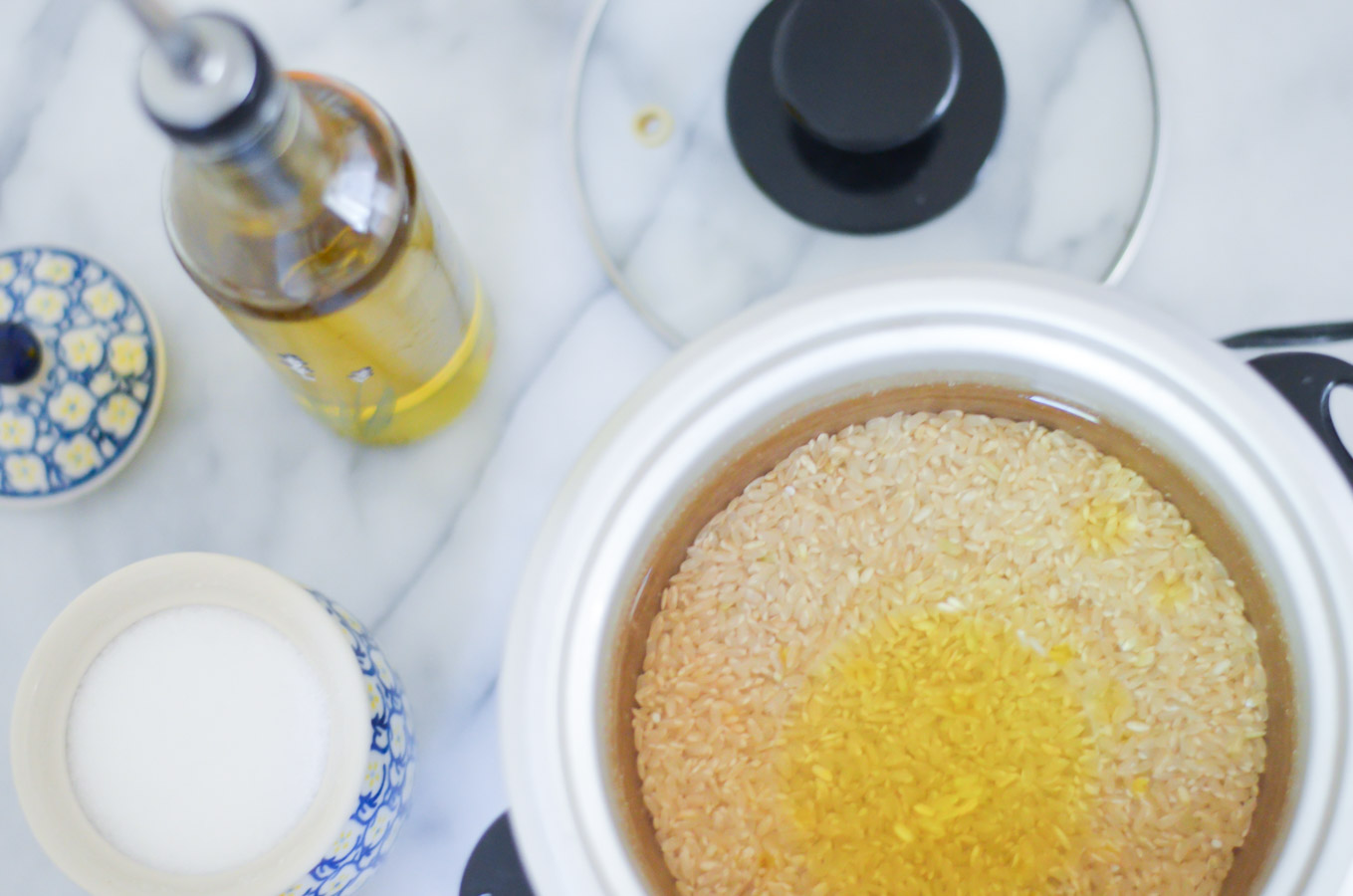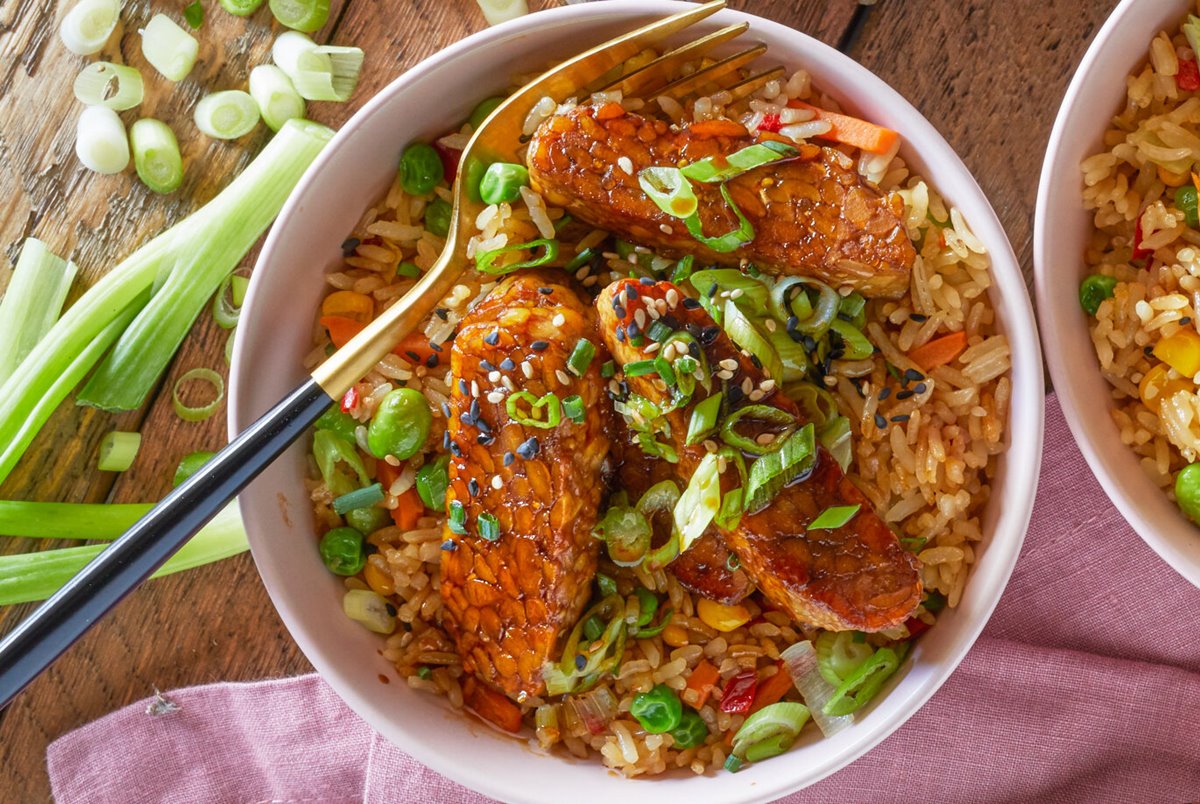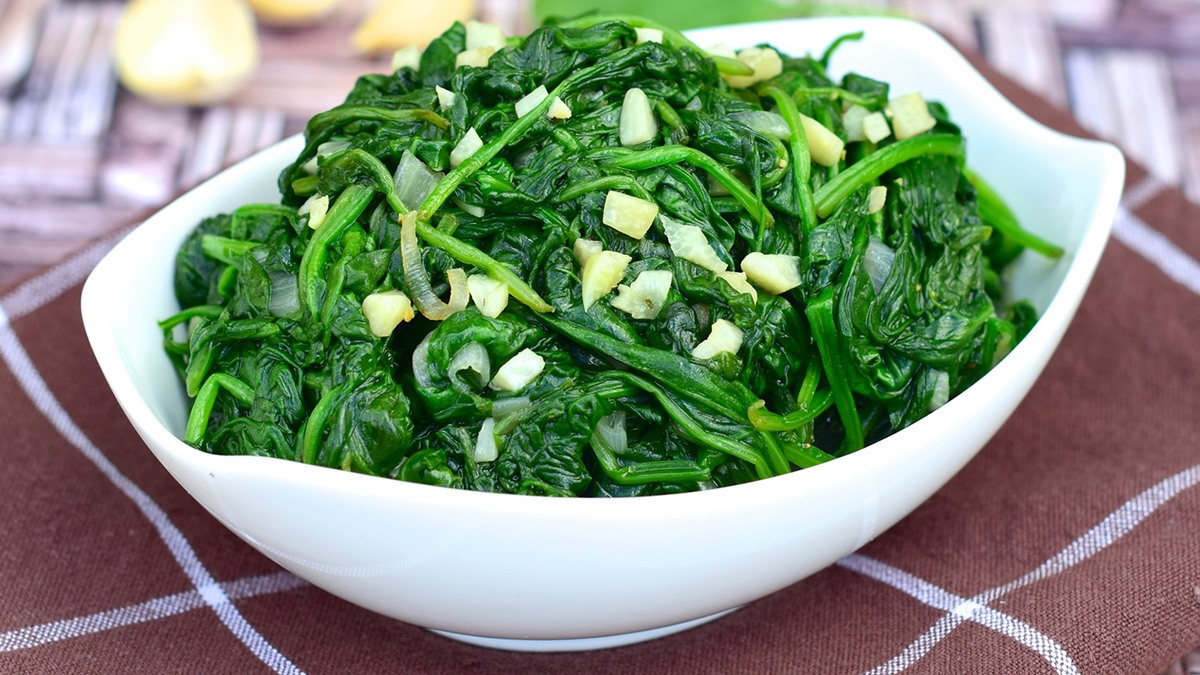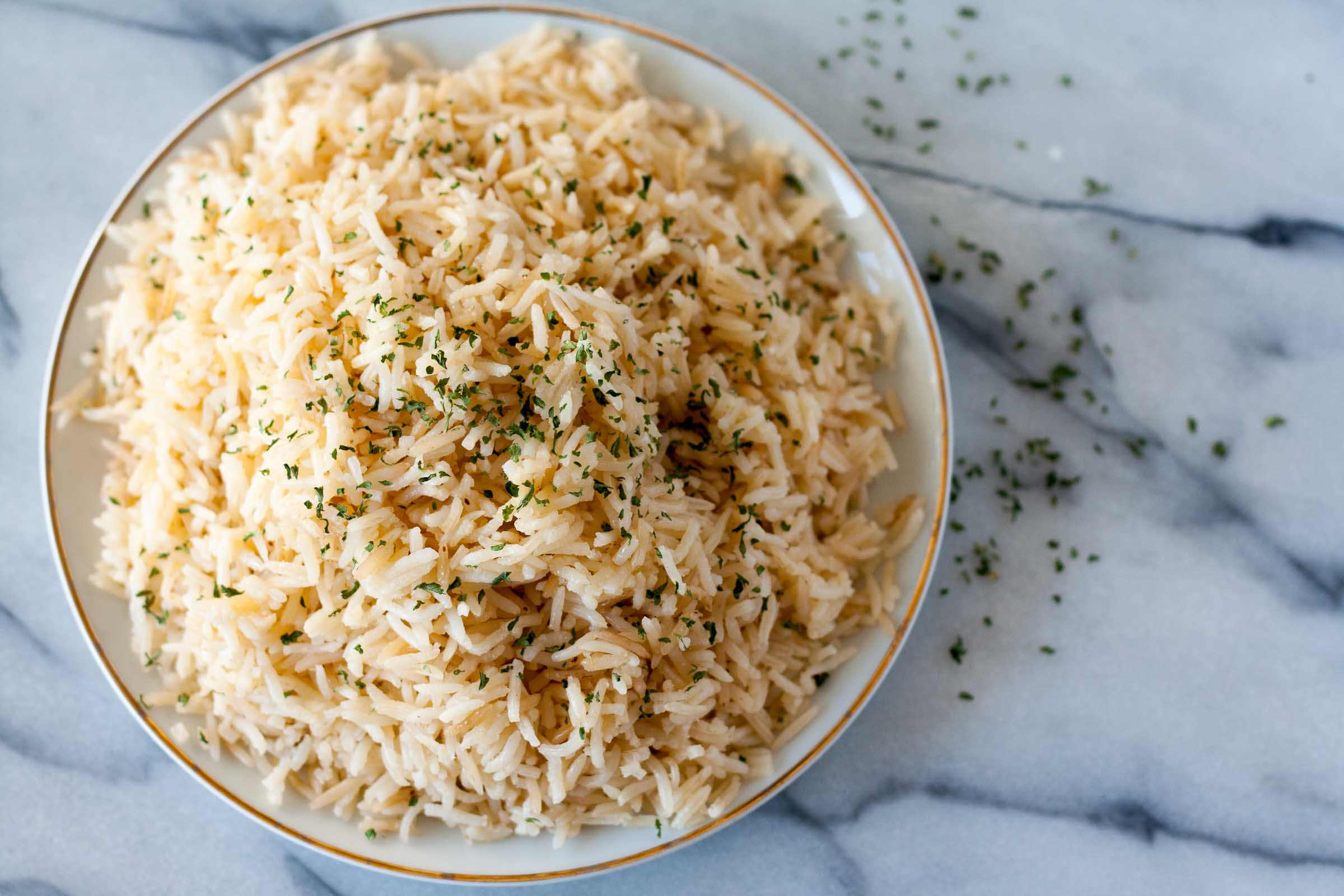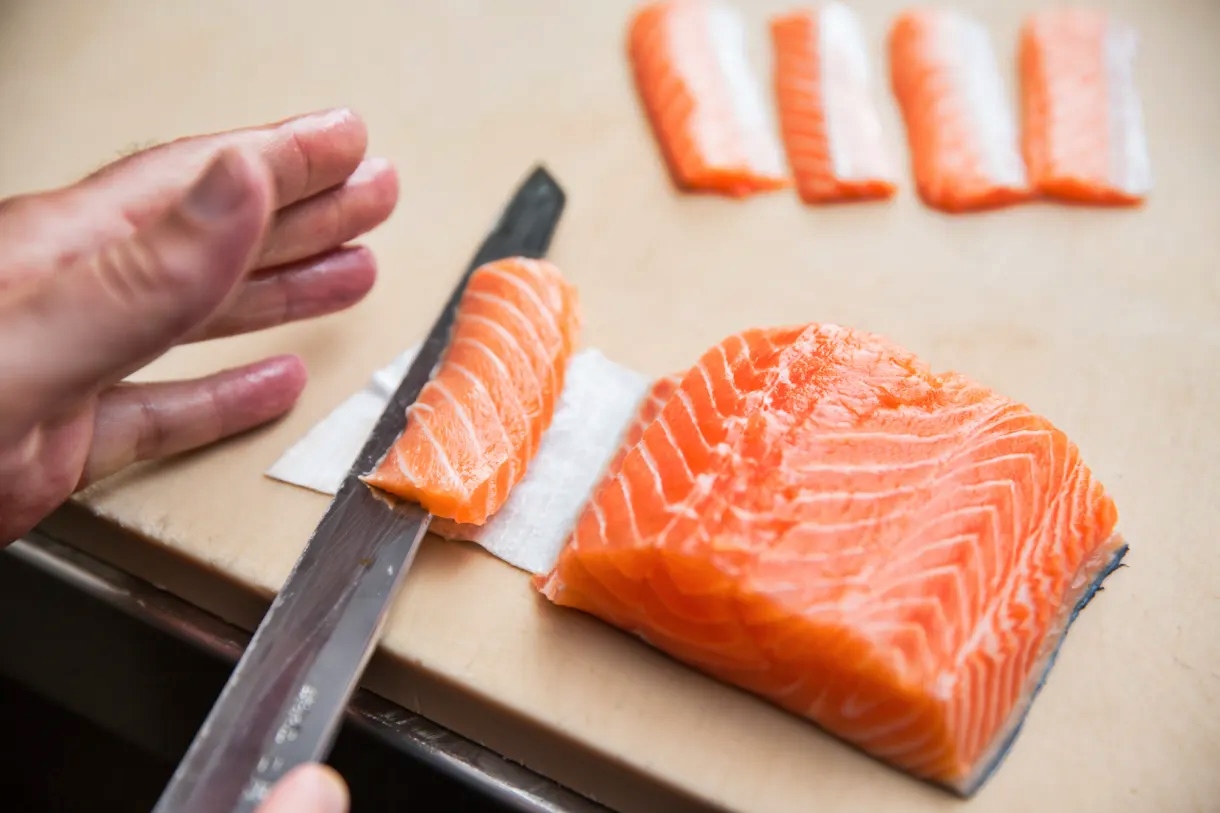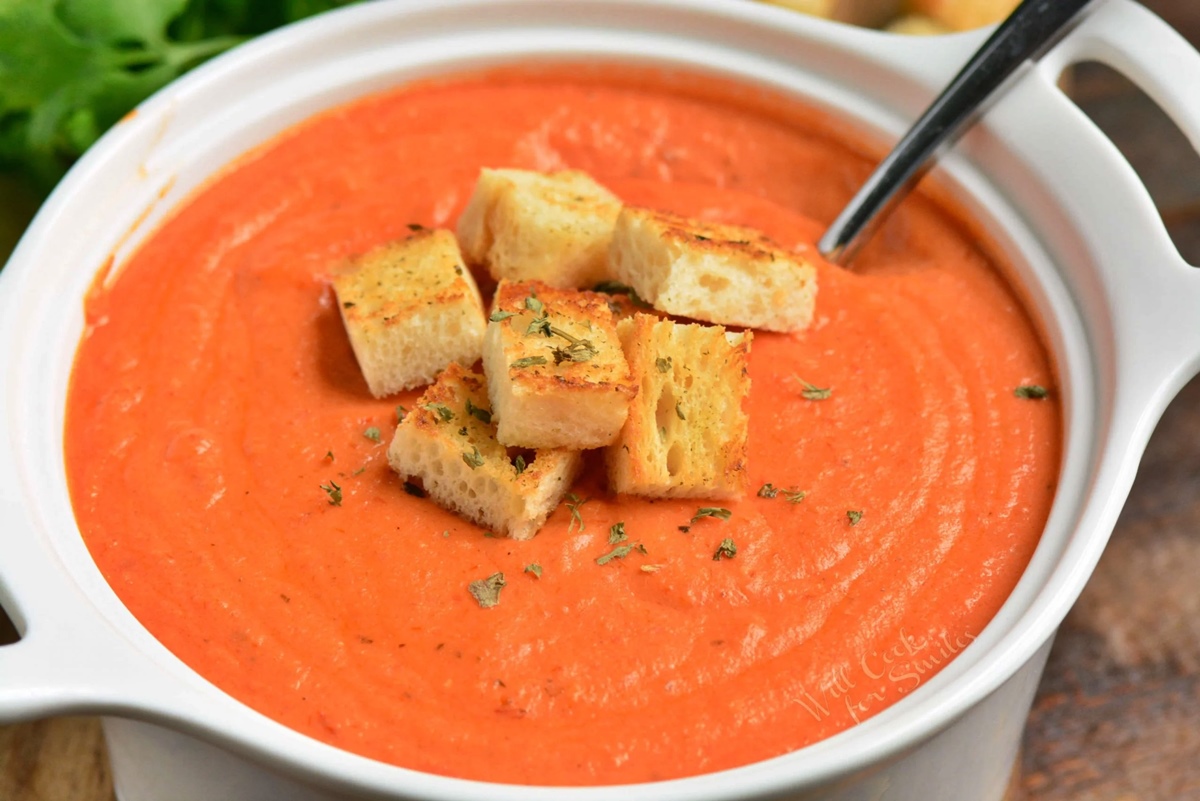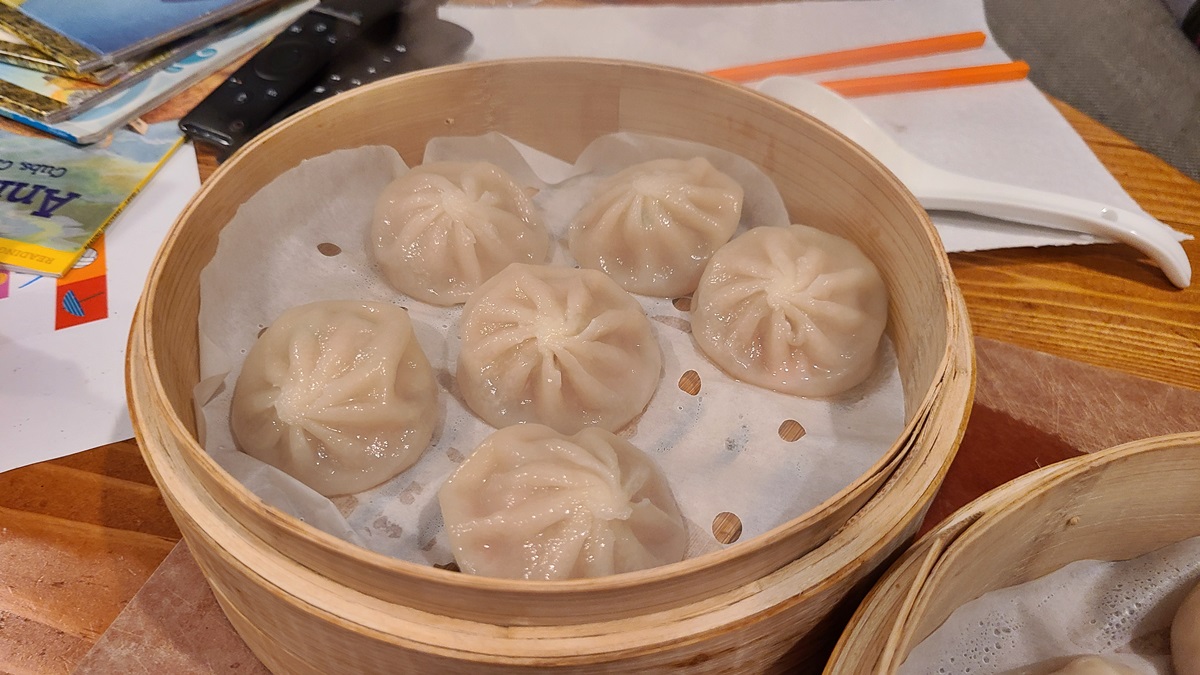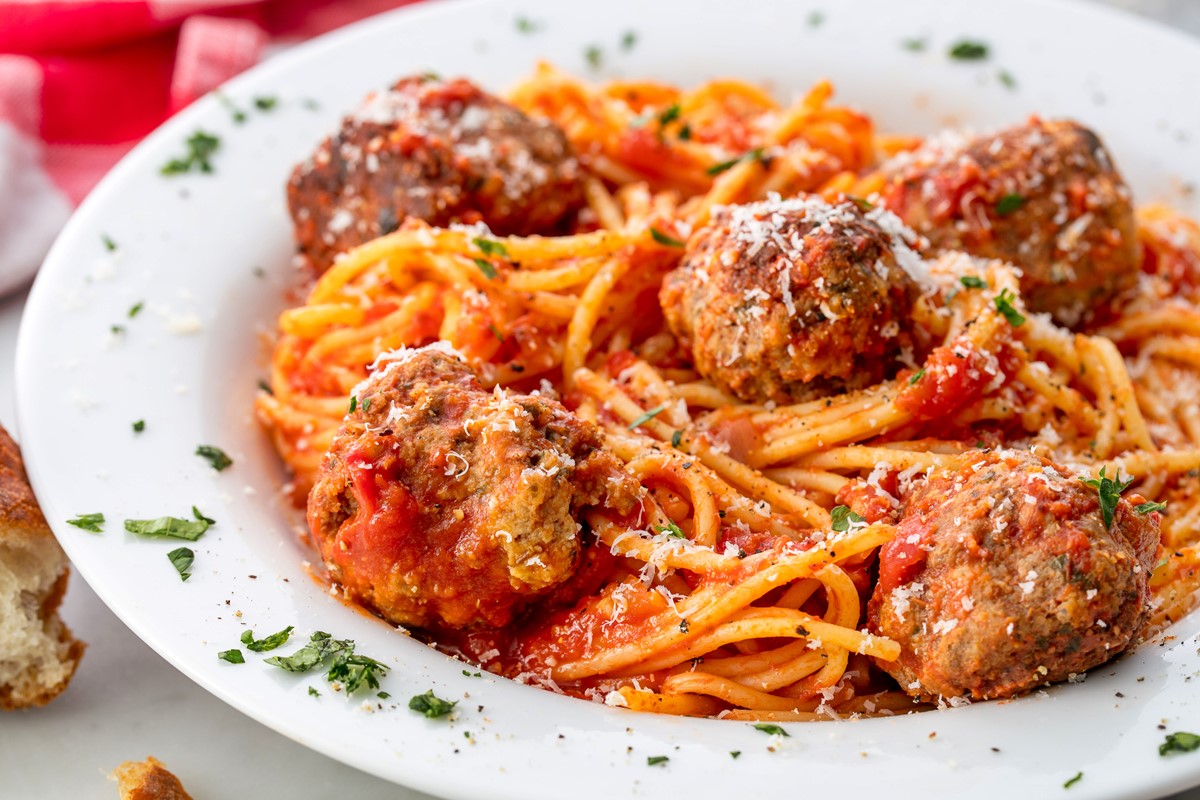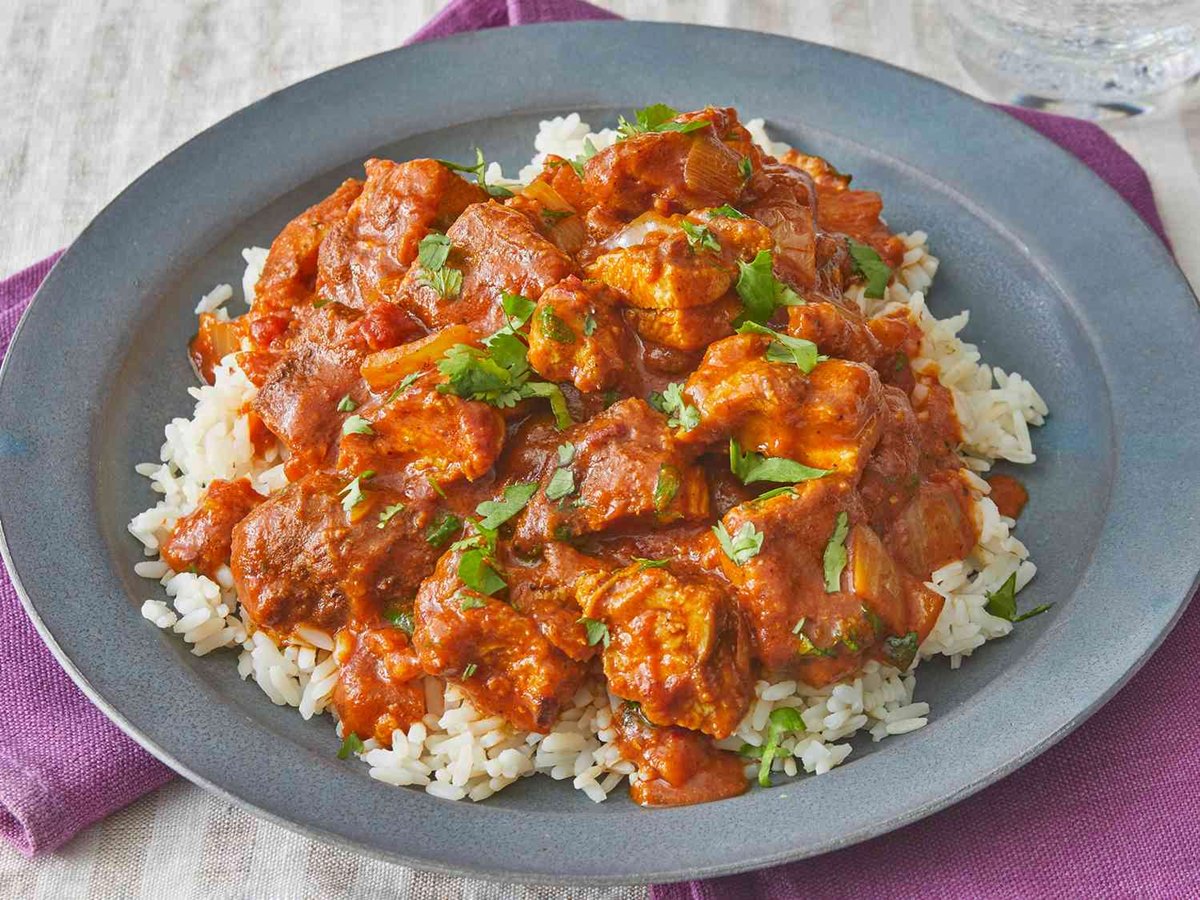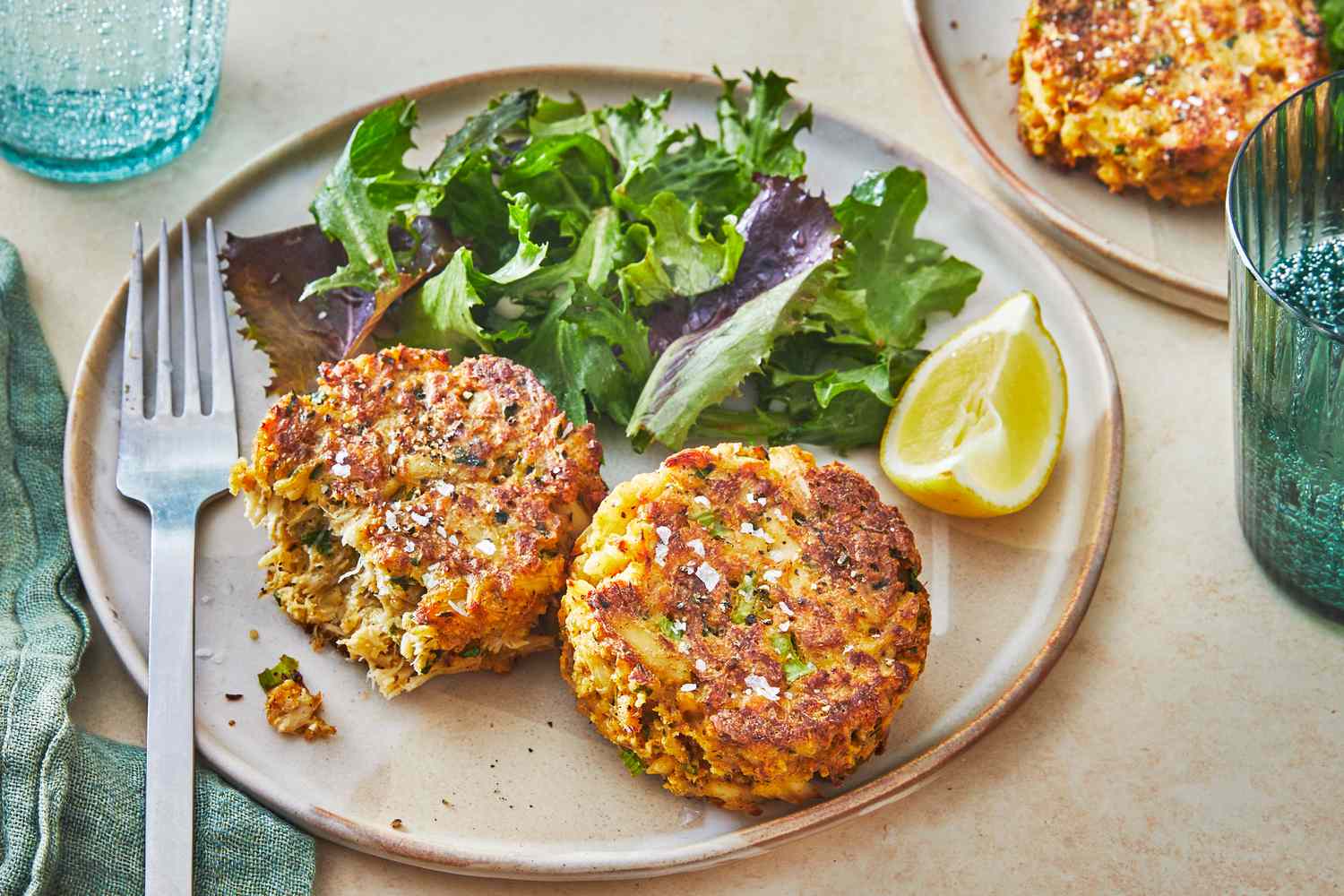Tender and Juicy: A Guide to Cooking Lamb Breast Ribs
When it comes to cooking lamb, there’s one cut that often gets overlooked but is truly a hidden gem – lamb breast ribs. These succulent and flavorful cuts of meat offer a unique experience for food enthusiasts looking to expand their culinary horizons. In this guide, we’ll walk you through the steps of cooking lamb breast ribs to perfection, bringing out all the delicious flavors they have to offer.
Choosing the Perfect Lamb Breast Ribs
Before we dive into the cooking process, it’s important to choose the right lamb breast ribs. You can find this flavorful cut at your local butcher or specialty meat market. Look for ribs that have a good balance of meat and fat, as the marbling of fat ensures tenderness and adds richness to the final dish. It’s also essential to opt for organic or grass-fed lamb if possible, as they tend to have superior flavor and quality.
Preparation is Key
Before cooking lamb breast ribs, it’s crucial to give them a bit of preparation to enhance their taste and texture. Follow these simple steps:
- Start by rinsing the lamb breast ribs under cold water to remove any debris.
- Pat the ribs dry with a paper towel to ensure a proper sear during cooking.
- Next, season the ribs generously with your choice of spices, such as garlic powder, paprika, cumin, and a pinch of salt and pepper. You can also add herbs like rosemary or thyme for extra aromatic goodness.
- Allow the seasoned ribs to sit at room temperature for about 30 minutes. This will help the flavors penetrate the meat.
Cooking Methods for Lamb Breast Ribs
Lamb breast ribs are incredibly versatile and can be prepared using various cooking methods. Here are a few popular techniques:
1. Slow Roasting:
Slow roasting is ideal for achieving tender and fall-off-the-bone lamb breast ribs. Preheat your oven to 325°F (160°C). Place the seasoned ribs in a roasting pan with a wire rack. Cover the pan with foil and roast for about 2-3 hours until the meat is tender. For a caramelized finish, remove the foil during the last 30 minutes of cooking.
2. Grilling:
If you’re looking to infuse a smoky flavor into your lamb breast ribs, grilling is the way to go. Preheat your grill to medium-high heat. Apply a light coat of oil to prevent sticking. Grill the seasoned ribs for about 10 minutes per side or until they reach an internal temperature of 145°F (63°C) for medium-rare. Let them rest for a few minutes before serving.
3. Sous Vide:
Sous vide cooking offers precise temperature control, resulting in perfectly cooked lamb breast ribs every time. Set your water bath to 145°F (63°C) for medium-rare or adjust the temperature to your desired doneness. Seal the seasoned ribs in a vacuum-sealed bag and immerse them in the water bath. Cook for 24-48 hours, depending on the level of tenderness you prefer. Finish by searing the ribs on a hot pan for a delightful crust.
Serving Suggestions
Once your lamb breast ribs are cooked to perfection, it’s time to indulge in their deliciousness. Here are a few serving suggestions to elevate your dining experience:
- Pair the ribs with a refreshing mint yogurt sauce for a traditional flavor combination.
- Serve them alongside roasted vegetables like carrots, potatoes, or Brussels sprouts for a wholesome meal.
- For an exotic twist, try adding Middle Eastern spices like sumac and za’atar to your lamb breast ribs.
- Consider serving the ribs with a side of couscous or a warm crusty bread to soak up all the flavorful juices.
Now that you have all the tools and knowledge, it’s time to get cooking! Lamb breast ribs are a fantastic addition to any dinner table, offering a unique taste that will leave your guests wanting more. So go ahead, unleash your inner chef, and prepare this underrated cut of lamb with confidence. Happy cooking!
For those diving into the art of cooking lamb breast ribs, there's a fantastic array of recipes to try. Beginners might enjoy the Slow-Roasted Lamb Breast Ribs with Rosemary and Garlic, which offers a straightforward and aromatic start. For a taste of the Mediterranean, the Greek-Style Lamb Breast Ribs with Tzatziki combines tender meat with a refreshing sauce. If you're after something with a bit of kick, Spicy Paprika and Cumin Roasted Lamb Breast Ribs will tantalize your taste buds. For a truly indulgent experience, Braised Lamb Breast Ribs in Red Wine Sauce provides a rich, savory delight. Each recipe brings out unique flavors that showcase the versatility of lamb breast ribs.
Was this page helpful?
Read Next: How To Cook Tilapia In The Microwave
